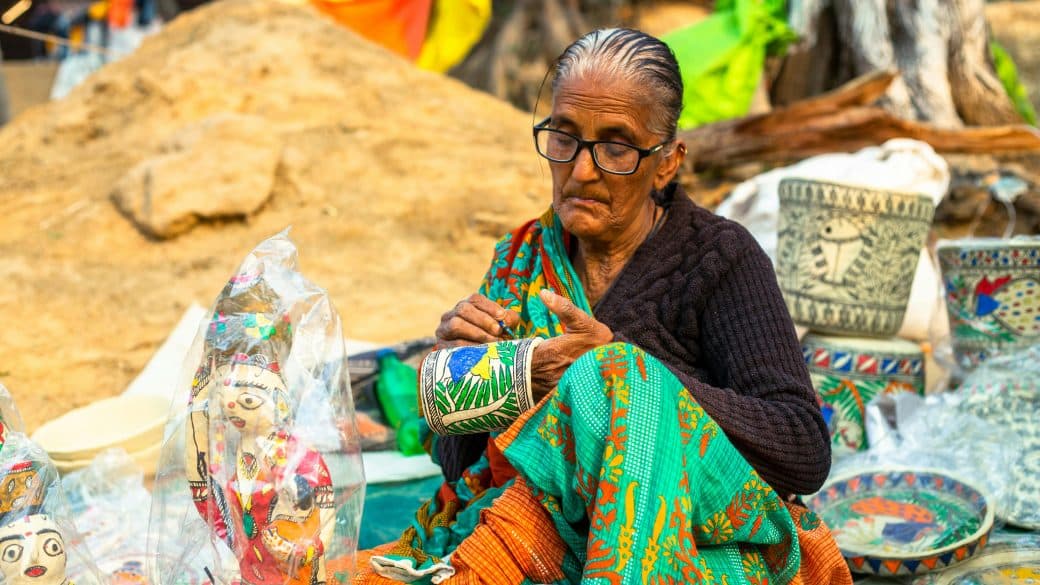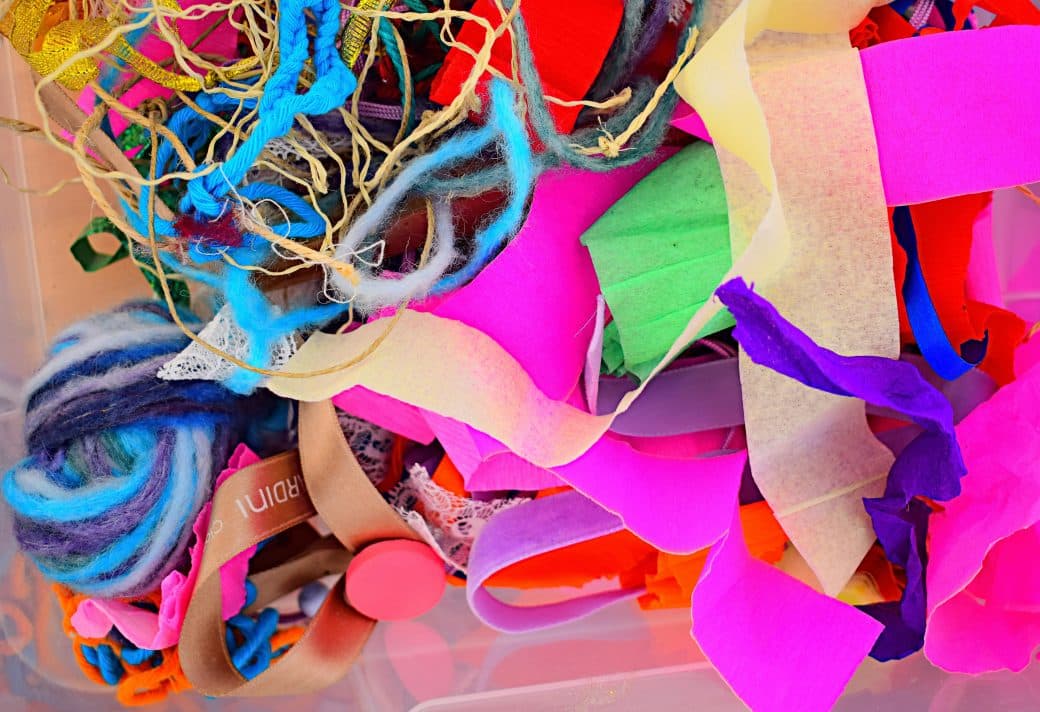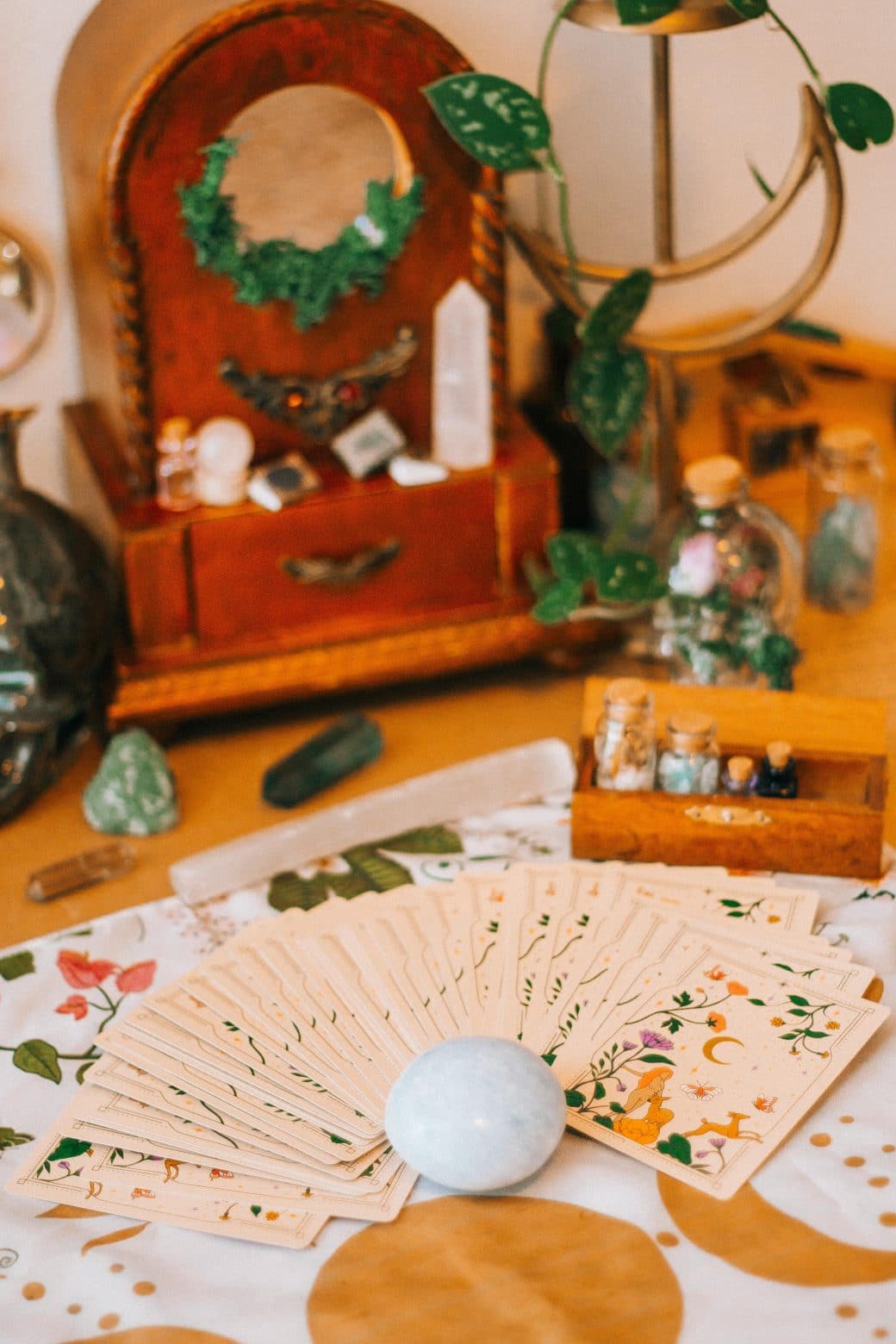Stepping into the world of Bead Embroidery: Inspiring Creations and Techniques was like unlocking a treasure trove of creativity for me. Imagine, just for a moment, transforming ordinary pieces of fabric into exquisite art, all with the magic of beads. This journey isn’t just about stitching; it’s a deep dive into a craft that marries color, texture, and design in ways that are truly mesmerizing. Each technique opened my eyes to new possibilities, from simple patterns that sparkle with subtle elegance to intricate masterpieces that burst with vibrant life. It’s more than a guide; it’s an invitation to explore, create, and find a bit of myself in the shimmer of each bead.
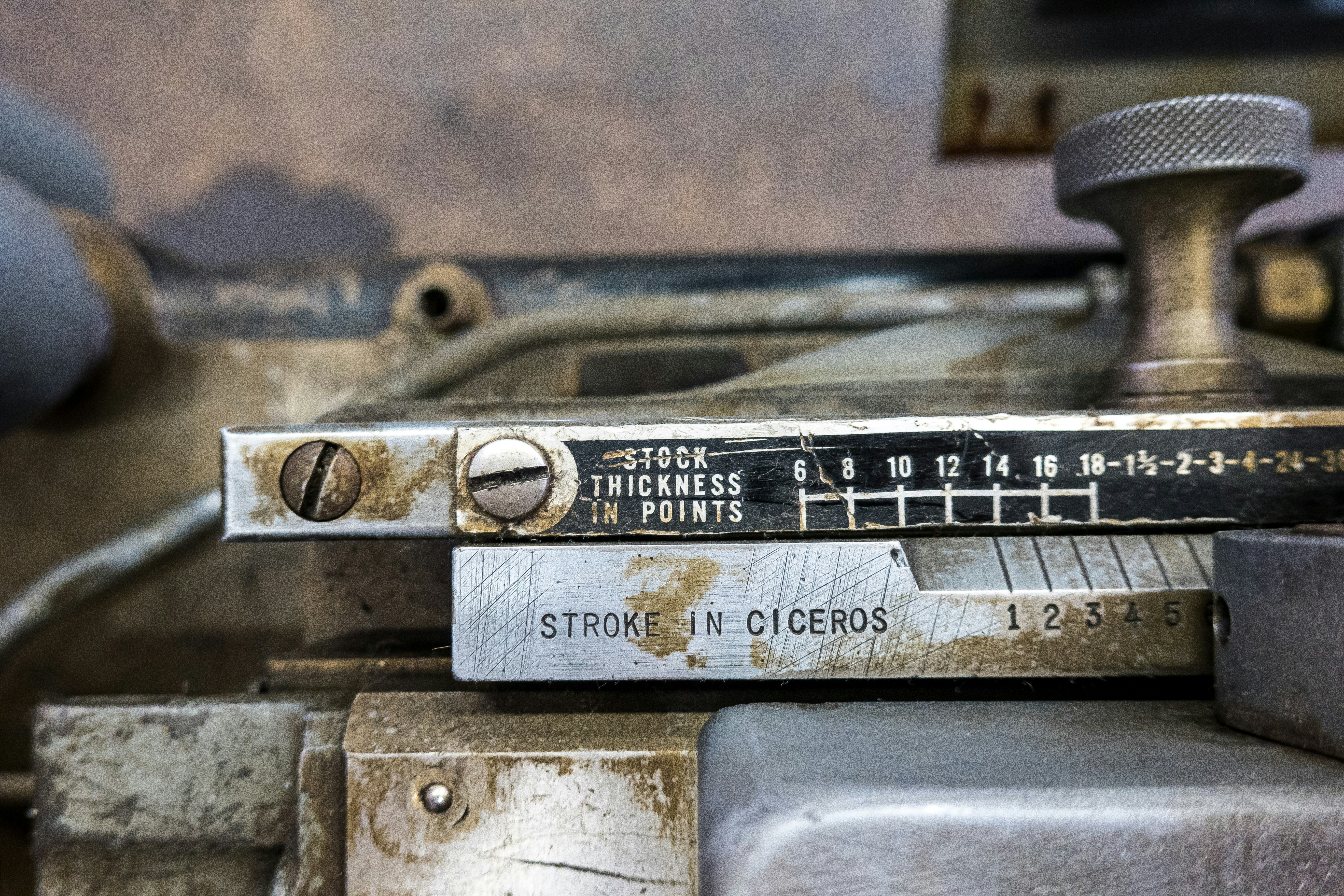
Definition of Bead Embroidery
Overview of bead embroidery
Bead embroidery, for me, is like painting with beads. It’s a technique where I stitch beads to fabric, leather, or other material to add decorative elements to clothing, accessories, or even home decor. Unlike regular embroidery, which primarily uses threads to create patterns, bead embroidery uses the sparkle, color, and texture of beads to bring a unique dimension to the artwork.
How bead embroidery differs from other forms of embroidery
Compared to traditional embroidery, bead embroidery feels like it operates on another level of craftsmanship and aesthetic appeal. Where traditional embroidery depends mostly on the thread’s color and texture, bead embroidery allows for an expansive variety of beads – glass, metal, seed, or even semi-precious stones to be incorporated. This gives a three-dimensional effect to the work, not commonly found in other embroidery forms.
Materials needed for bead embroidery
For anyone venturing into this craft, here’s what you’ll need: a variety of beads, of course, a suitable fabric or base material, embroidery needles (specifically designed for beadwork), threads that can withstand the weight of beads, and an embroidery hoop to keep the fabric taut. Scissors, a design plan, and sometimes a bead mat, complete the essential toolkit for creating bead embroidery projects.
Origin and History of Bead Embroidery
Origin of bead embroidery
The origins of bead embroidery can be traced back to ancient times. Initially, it was a method for embellishing clothing and artifacts, signaling status or belonging to a particular community.
Evolution of bead embroidery techniques over the centuries
Over centuries, techniques have evolved remarkably. From simple adornments on clothing, bead embroidery has grown into a sophisticated art form. In different cultures, unique styles and methods have been developed, influenced by the availability of materials and the cultural significance of motifs and patterns.
Cultural significance of bead embroidery in various civilizations
In many civilizations, bead embroidery held and still holds significant cultural value. For Indigenous peoples of the Americas, it’s a form of storytelling and preservation of culture. In the Middle East, it signifies wealth and status. Each stitch tells a story, a testament to the craft’s rich cultural heritage.

Types of Bead Embroidery Stitches
Introduction to bead embroidery stitches
Understanding the various stitches is like learning the alphabet of bead embroidery. Each stitch offers a different texture and appearance, influencing the overall design.
Detailed analysis of popular bead embroidery stitches like back stitch, stop stitch, couching stitch
The back stitch creates a solid line of beads, making it great for outlining and adding details. The stop stitch is perfect for adding single beads or small groups of beads with precision. Meanwhile, the couching stitch allows for laying strands of beads onto the surface and securely stitching them in place, excellent for filling larger areas or creating patterns.
Bead Embroidery Techniques
Choosing the right beads
Selecting the right beads involves considering their size, color, and material to match the project’s design and texture needs. It’s about balancing aesthetics and the physical weight the fabric can support.
Methods of threading and knotting
Efficient threading and secure knotting are crucial to ensure the beads stay in place. Techniques vary from simple knots and loop starts to more secure methods like the double-thread method, depending on the project’s complexity and the types of beads used.
Techniques of attaching beads to fabric
There are several methods to attach beads to fabric. Some projects may require stitches to be hidden underneath, while others might integrate the stitches into the design itself. The technique chosen can affect the project’s overall look and durability.
Finishing techniques in bead embroidery
Finishing techniques, such as weaving ends back into the work, adding backing materials, or sealing edges, are essential to ensure the longevity and professional appearance of the piece. It’s the final step in safeguarding my artwork.
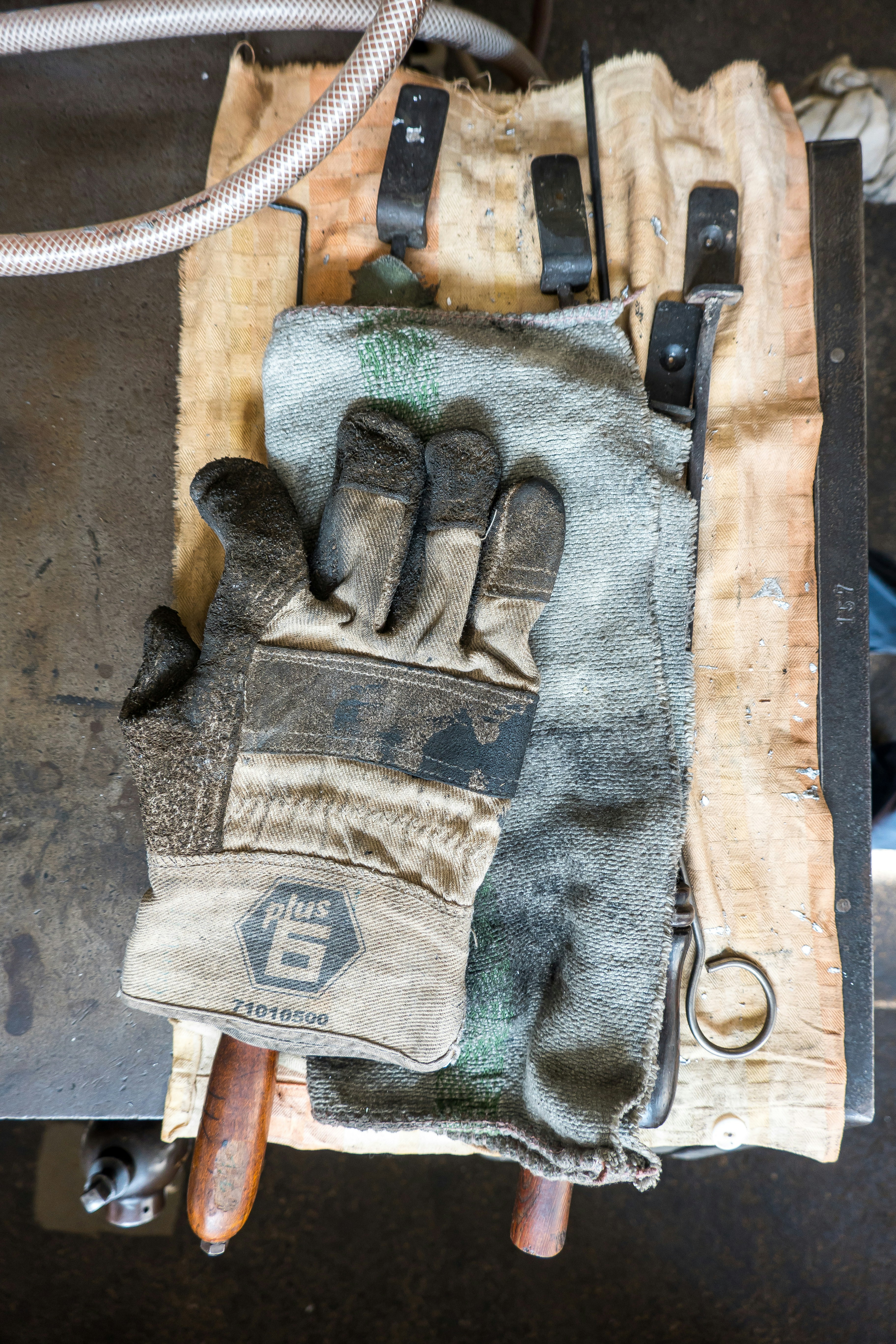
Bead Embroidery Materials
Types of beads used in bead embroidery
The variety of beads available is vast – seed beads, bugle beads, pearls, and crystals, to name a few. Each type adds a different texture and visual appeal to the work.
Needles for bead embroidery
Choosing the right needle is essential. Bead embroidery needles are usually thinner and longer than regular sewing needles, designed to fit through the tiny holes of beads without damaging them.
Threads and cording for bead embroidery
The thread or cording used must be strong enough to support the weight of the beads but thin enough to pass through them easily. Options range from nylon threads to silk or even specialized beading threads.
Fabric choices for bead embroidery
The choice of fabric depends on the project. Sturdier fabrics are typically used for projects that will bear more weight, such as bags or decorative pieces, while lighter fabrics are suitable for garments or soft furnishings.
Creating Patterns with Bead Embroidery
How to design a bead embroidery pattern
Designing a pattern starts with an idea or inspiration. I sketch my designs first, considering color, size, and the flow of the pattern. It’s a process that requires patience and creativity.
Techniques to ensure pattern symmetry and alignment
Ensuring symmetry and alignment often involves using grid paper or fabric marked with grid lines to plan the design accurately. Techniques like mirroring parts of the design and using markers for key points help maintain alignment.
Incorporating color theory in bead embroidery design
Understanding color theory is crucial in bead embroidery. It helps in choosing bead colors that complement each other and the overall design, considering aspects like color harmony and contrast to bring the pattern to life.
How to size and scale patterns correctly
Sizing and scaling patterns require a good understanding of proportions and the ability to adjust designs to fit the intended project size, often involving mathematical calculations or software to ensure accuracy.
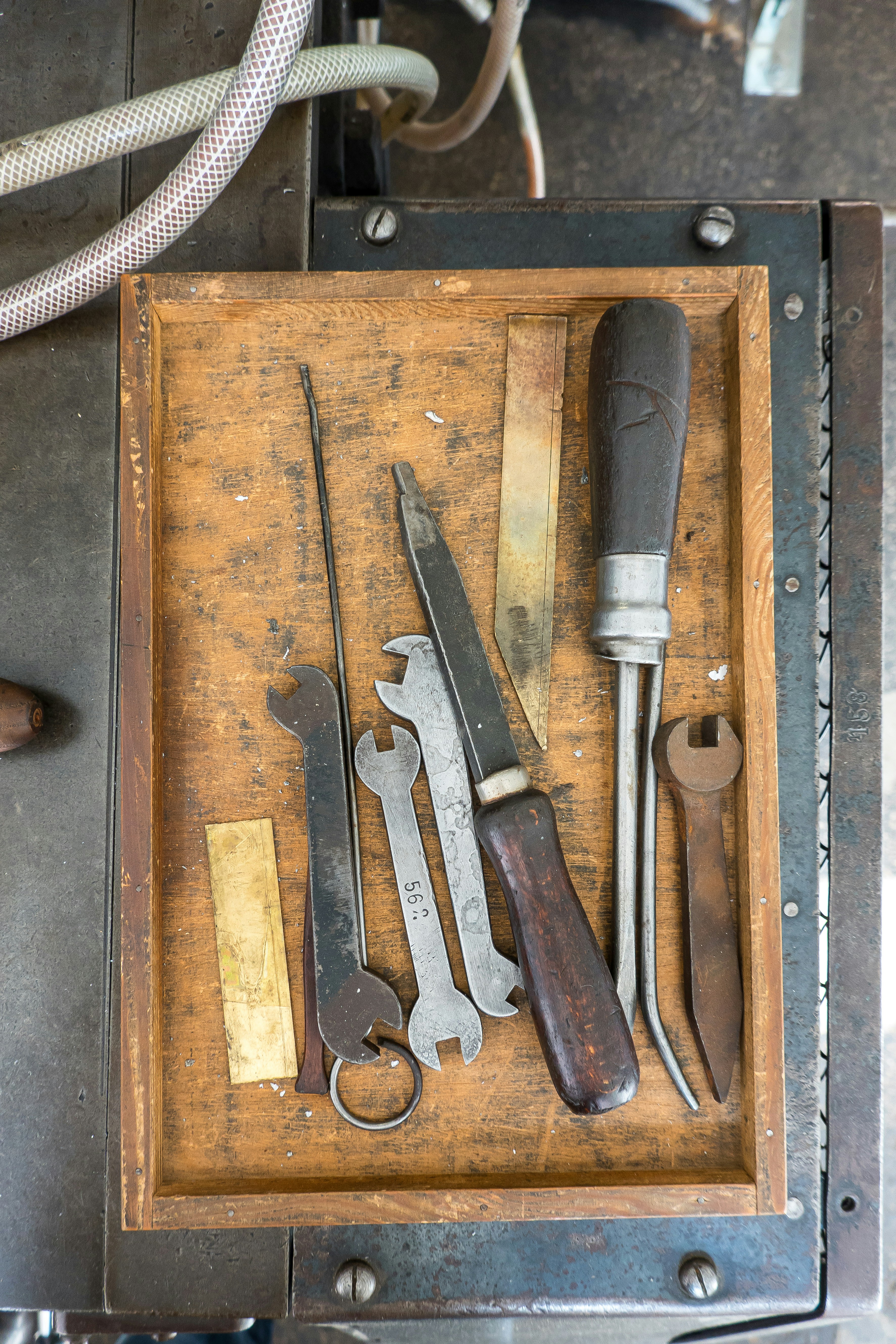
Advanced Bead Embroidery Techniques
Layering and dimension in bead embroidery
Creating layers and dimensions involves using beads of different sizes and elevations, stitching techniques that allow beads to stack or overlap, and incorporating varied materials that add depth.
Creating texture with bead embroidery
Texture is achieved by varying bead sizes, shapes, and stitching techniques. Mixing matte and shiny beads or smooth and faceted beads can all contribute to a rich, tactile experience.
Incorporating other embroidery techniques with bead embroidery
Incorporating traditional embroidery techniques, such as French knots or satin stitches, with beadwork adds an extra layer of complexity and beauty to the piece, blending textures and techniques harmoniously.
Using bead embroidery for wearable art
Bead embroidery can transform clothing and accessories into wearable art. From embellishing jackets to creating intricate jewelry pieces, it allows for personal expression and showcases the wearer’s unique style.
Inspiring Bead Embroidery Creations
Showcase of amazing bead embroidery artworks
From stunning jewelry pieces to elaborate tapestries, bead embroidery artworks are a testament to the creativity and skill of artists. The diversity in style, technique, and application is truly inspiring.
Stories of notable bead embroidery artists
Many artists have made significant contributions to this art form, each with their unique style and technique. Exploring their stories and works offers a wealth of inspiration and a deeper appreciation for the craft.
Explore various ways to use bead embroidery – from fashion to home decor
Bead embroidery isn’t limited to personal adornments. It spans a wide range of applications, including fashion, where it adds glamour to garments and accessories, and home decor, where it brings texture and color to interiors.
Maintenance and Care Tips for Beaded Embroidery
Cleaning and maintaining bead embroidered pieces
Proper cleaning and maintenance are essential to preserve bead embroidered pieces. Gentle hand washing or spot cleaning, depending on the materials used, helps maintain their beauty and longevity.
Storing bead embroidery properly
Proper storage involves keeping the pieces flat, preferably wrapped in acid-free tissue paper, and away from direct sunlight or moisture to prevent damage and fading.
Handling common wear and tear issues
Regular checks for loose beads or threads help address wear and tear issues promptly. Learning basic repair techniques can save a piece from further damage and extend its life.
Learning and Improving Your Bead Embroidery Skills
Recommended beginner projects
Starting with simple projects, like embellishing a purse or creating a small brooch, helps build foundational skills. It’s rewarding and encourages further exploration into more complex designs.
Where to find bead embroidery classes and workshops
Local craft stores, community centers, and online platforms offer classes and workshops for all skill levels. These are great opportunities to learn from experienced artists and meet fellow enthusiasts.
Books and online resources for bead embroidery
A wealth of knowledge exists in books and online resources dedicated to bead embroidery. They offer tutorials, design ideas, and insights into the craft, suitable for beginners and advanced practitioners alike.
Practice techniques to improve your bead embroidery skills
Practice is crucial. Experimenting with different beads, fabrics, and stitches, and taking on projects that challenge my current skill level, has been key to my improvement. Every project brings new learning and a chance to refine my techniques.

